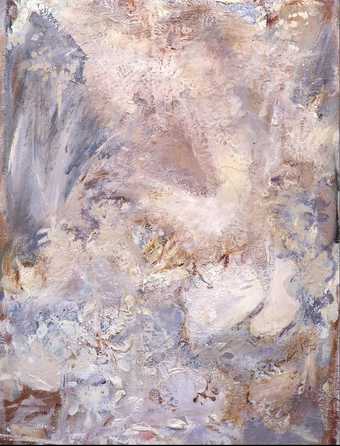
Rodrigo Moynihan
Objective Abstraction (c.1935–6)
Tate
Objective abstraction was part of the general ferment of exploration of abstraction in Britain in the early 1930s. The paintings produced by the group evolved in an improvisatory way from freely applied brushstrokes.
An exhibition titled Objective Abstraction was held in 1934 at the Zwemmer Gallery in London. The artists involved included Graham Bell, Sir William Coldstream, Rodrigo Moynihan, and Geoffrey Tibble, and the exhibition was organised by Moynihan. Not included in this show but an important practitioner, was Edgar Hubert. On the other hand, works by non objective abstraction artists Ivon Hitchens, Victor Pasmore, and Ceri Richards, were added to the show by the gallery’s director. Moynihan was inspired by the brushwork in the late paintings of Joseph Mallord William Turner and Claude Monet.
Objective abstraction was short-lived, lasting just a few years. Many of its artists later became members of the realist Euston Road School.
